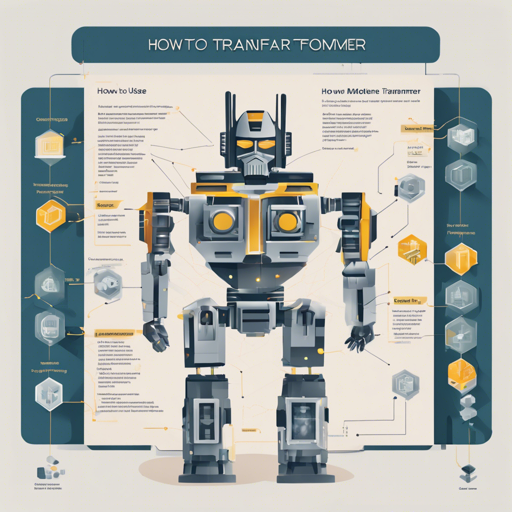Welcome to the future of AI! Today, we’re going to guide you through the process of creating and utilizing a model card for your own transformer model. Model cards are essential for documenting and sharing important information about AI models, and having a well-structured model card can greatly enhance the transparency and usability of your model.
What is a Model Card?
A model card serves as a comprehensive documentation template that summarizes various aspects of a model, including its intended uses, limitations, training details, and evaluation protocols. Think of it as a care instruction manual for your AI-powered device: it tells users what to expect, how to use it correctly, and what to avoid. Clear documentation helps avoid misuse and fosters responsible AI development.
Steps to Create a Model Card
- Step 1: Model Summary
Start by providing a quick summary of what the model does. This should encapsulate the model’s purpose in just a few lines. - Step 2: Model Details
Expand on the initial summary in this section. Include specifics about the model type, language capabilities (like support for NLP), licensing, and any sourcing information. Fill in the details, such as the developer, funding opportunities, and links to the repository or demo. - Step 3: Uses of the Model
Discuss how the model is intended to be utilized. Provide information whether it can be used directly, needs fine-tuning, or if it fits into a larger ecosystem. Don’t forget to specify any known out-of-scope uses. - Step 4: Bias, Risks, and Limitations
Acknowledge any biases or limitations that your model might have. Offer recommendations for users to consider when deploying the model. - Step 5: How to Get Started
Include code snippets and references on how users can start working with the model. Make sure this is clear and user-friendly. - Step 6: Training Details
This should encompass insights about the training data, procedure, hyperparameters, and evaluation metrics. Options for estimating environmental impact can also be useful here.
Explaining the Code – An Analogy
Imagine you are a chef preparing a complex dish. Each step in the recipe corresponds to a line of code in the model card. Just like you must gather your ingredients (training data) before you start cooking (model training), creating a model card requires you to have all relevant information at hand. When you follow the steps correctly, you end up not just with a delicious meal (a functioning model) but also a clear recipe (the model card) for anyone who wants to replicate your culinary masterpiece!
Troubleshooting Ideas
Creating a model card can come with its own set of challenges. Here are some troubleshooting tips to consider:
- Missing Information: If you have placeholders like ‘More Information Needed’, ensure you prioritize filling in those details as they are crucial for users.
- Complex Terms: Be aware of your audience; avoid jargon where possible, or include a glossary for clarity.
- Link Issues: Make sure all links provided lead to the correct resources to maintain credibility.
- Updates: Regularly review and update your model card as your model improves or if new issues are discovered.
For more insights, updates, or to collaborate on AI development projects, stay connected with fxis.ai.
Conclusion
With that, you should now have a solid foundation to create your own transformer model card. Structure and detailed documentation will elevate your model’s usability and help foster the responsible development of AI technologies.
At fxis.ai, we believe that such advancements are crucial for the future of AI, as they enable more comprehensive and effective solutions. Our team is continually exploring new methodologies to push the envelope in artificial intelligence, ensuring that our clients benefit from the latest technological innovations.

